Wenshan Paochong, light style Taiwan oolong
$ 21.80
“Baozhong” from a true Taiwan master
Originally labelled as “Floral Aroma Tea”, today Paochong is produced in many parts of Taiwan and China, but that in the northern part of Taiwan around Taipei, where it made its name*, remains the most reputable. The highest quality is found in only a few small family farms where the traditional craft continues to pass on and evolve. Like that of Master Weng. Although his production management is certified as ISO22000, this 5th generation tea farmer insists that processing is an art and personally attends to all details of the workflow. That is probably why his farm has won in not only Paochong competitions but also a nationally awarded agricultural entity. Tea Hong is proud to present the best work of this highly devoted tea master. Likely to bring a much more joyous experience than any of what made the tea famous in the past centuries, for what the arts and science, love and sweats have accumulatively invested in its making.
Net weight: 40 g (1.4 oz) in Kraft-alu pack
Out of stock
Other taste worthy selections
-

Oriental Beauty, deep oxidation Taiwan oolong
Fuller Bodies, Lighter Aromas, Neutral Energy, Oolongs, Taiwan, Tea$ 29.90
Oriental Beauty, deep oxidation Taiwan oolong
Fuller Bodies, Lighter Aromas, Neutral Energy, Oolongs, Taiwan, Tea$ 29.90Dongfang Meiren
To experience why this unique Taiwan white tip oolong was nicknamed Oriental Beauty by Queen Elizabeth II, you have to taste the real thing. It is perhaps the most demanding tea to process well. Harvested only once a year in summer and after the young leaves are bitten by a kind of tiny leafhopper, genuine Dongfang Meiren can attain its special taste profile only after following the oolong processing routine modified especially for this tea. Tea Hong’s Phong-hong tè — the original name of Oriental Beauty — is a prime selection from the origin in Hsinchu, Taiwan. This tea is also available in a small portion as a part of Tea Taster’s Box: Nine Oolong Samplers.


 Net weight: 50 g ( 1.8 oz ) in Kraft-alu pack
Net weight: 50 g ( 1.8 oz ) in Kraft-alu pack -

Shan Lin Xi, light style Taiwan oolong
Cool Energy, Lighter Aromas, Milder Tastes, Oolongs, Taiwan, Tea$ 21.10
Shan Lin Xi, light style Taiwan oolong
Cool Energy, Lighter Aromas, Milder Tastes, Oolongs, Taiwan, Tea$ 21.10From the Stream of Cypress Woods
To most people, teas from Taiwan are synonymous with high mountain oolongs. Officially, these are the four top subregions for the tea: Alishan, Shan Lin Xi, Li Shan, and Yu Shan. We already carry quite a few Alishan’s, to find one from the others, we have been relentlessly searching. It has to be one comparable to those from Alishan but individualistic enough. Shan Lin Xi — literally Stream of Cypress Woods — is an area deep in a national reserve in the mountainous central area of the island country. Two hour driving from the station in the small city of Chia Yi, you will have climbed 1000m on the curvy roads deep in the sparse village areas with dense tall trees and quite many degrees lower than down there. Tea patches are hidden here and there amongst forests, occasional clusters of bamboos and a great diversity of wild plants. The same Chin Hsin Gan Chi cultivar grown here yields leaves that seem to have acquired a different character, a somehow lighter yet more complex, more stimulating tinkle. Previously when I was still operating a teahouse, some customers came to do Zen with tea as the medium. I guess this Shan Lin Xi Oolong can be one for it too.


 Net weight: 70 g (2.5 oz) in Kraft-alu pillow
Net weight: 70 g (2.5 oz) in Kraft-alu pillow -
Sold out

Eight Immortals Wudong, Phoenix dancong oolong
Cool Energy, Fenghuang | Phoenix, Floral Aromas, Fuller Bodies, Oolongs, Tea$ 29.50
Eight Immortals Wudong, Phoenix dancong oolong
Cool Energy, Fenghuang | Phoenix, Floral Aromas, Fuller Bodies, Oolongs, Tea$ 29.50Baxian Supreme:
This Fenghuang Dancong is rare in many ways. It is the best Eight Immortals we have tasted, including award winning ones. Not only is it mild but flavorful like a good Baxian should be, but also gently and yet persistently fragrant. The baked finish is optimise for depth in taste. This gives side benefits for friendliness to the weaker stomach as well as the potential for maturity. Not an easy task for making a bouquet style Phoenix oolong. Master Lin who grows this is a shy and mild person and an old friend. We could not be offering it at such great value otherwise.



 Net weight: 40 g (1.4 oz) in Kraft-alu pack
Net weight: 40 g (1.4 oz) in Kraft-alu pack
明前極品 文山包種
*The original Paochong, or ‘baozhong’, processing style first appeared in Fujian, and was produced by a Wang Yi Cheng in the later part of 19th century. However, it was in the Taipei area that tea masters later further developed the tea plant and processing techniques to become what now makes the Paochong. The area of Pinglin, where this selection is produced, is exactly in that same area. The collective efforts of Paochong farmers in this area has not only inherited the tradition, but has transformed the tea for the better and is highly recognised by the national government and tea specialists alike.
Taste profile
Nose: Distinctive floral and buttery undertone carrying a refreshing, sea-breeze-like aroma noting konbu and hints of roasted almond. Palate: Velvety tactility in the front. Umami in a vegetative style with creamy overtone. Finish: Refreshing aftertaste that lingers and slowly hinting sweet butter.
Infusion tips
A great and flexible tea for steeping in either the conventional method of 1g to 100 ml water or the gongfu style of 3g to 100 ml for quick infusions. Add more leaves if you desire more intensity. Use near boiling water with low mineral content. Enjoy the wonderful and subtle aroma before sipping. This tea rarely gets bitter unless you over-steep it dramatically.
Additional information
| Weight | 90 g |
|---|---|
| Dimensions | 18 × 9 × 5 cm |
| Net weight: | |
| Tea category: | |
| Class: | |
| Recommendation: | |
| Origin: | |
| TCM character: | |
| Infusion color: | |
| Packaging: | |
| Vintage |
Reviews(2)
Only logged in customers who have purchased this product may leave a review.
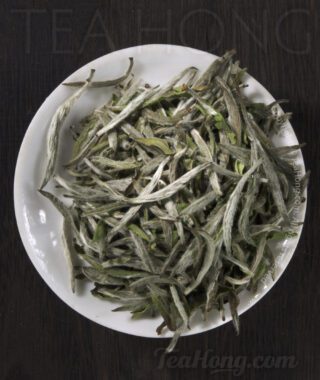


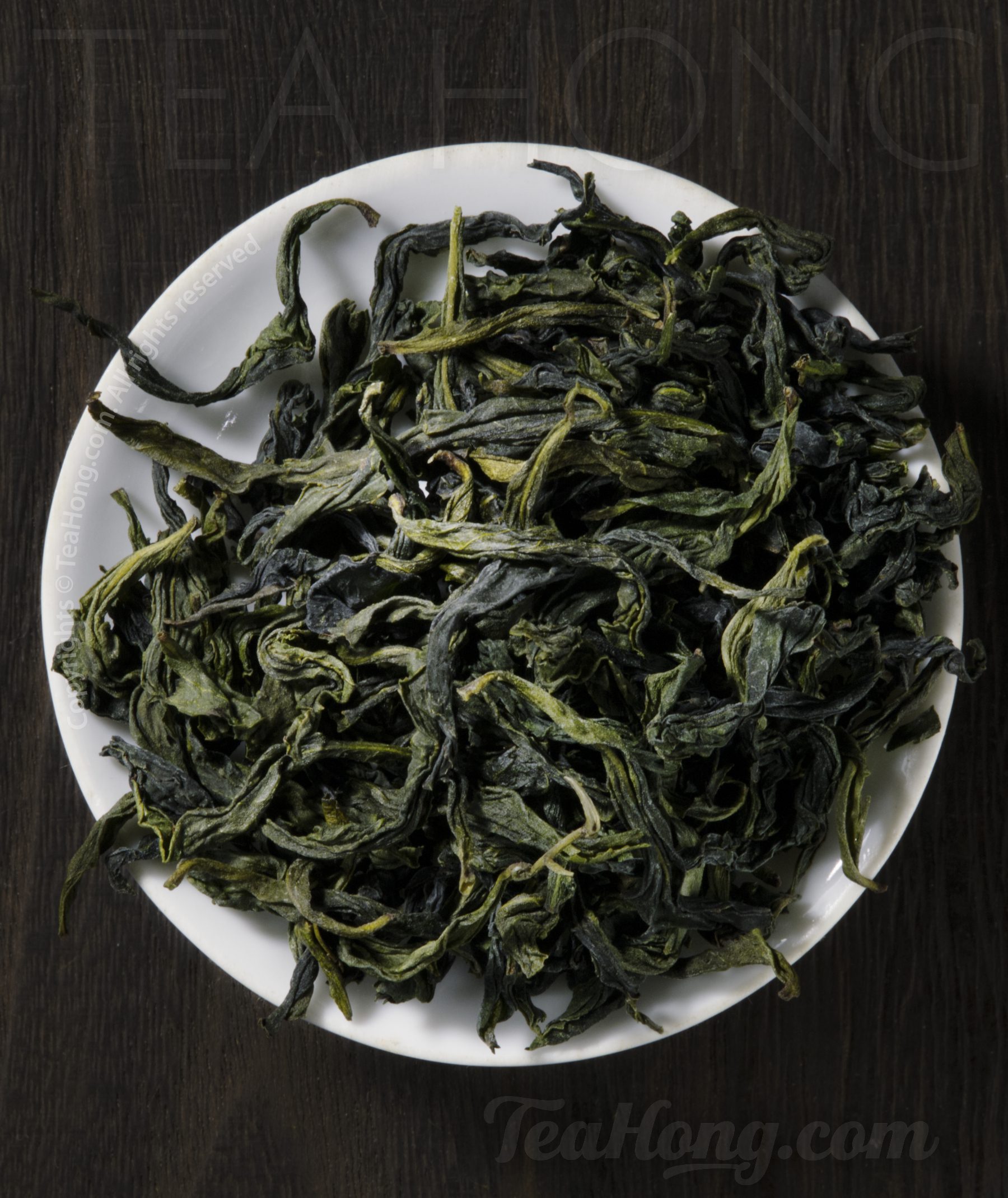
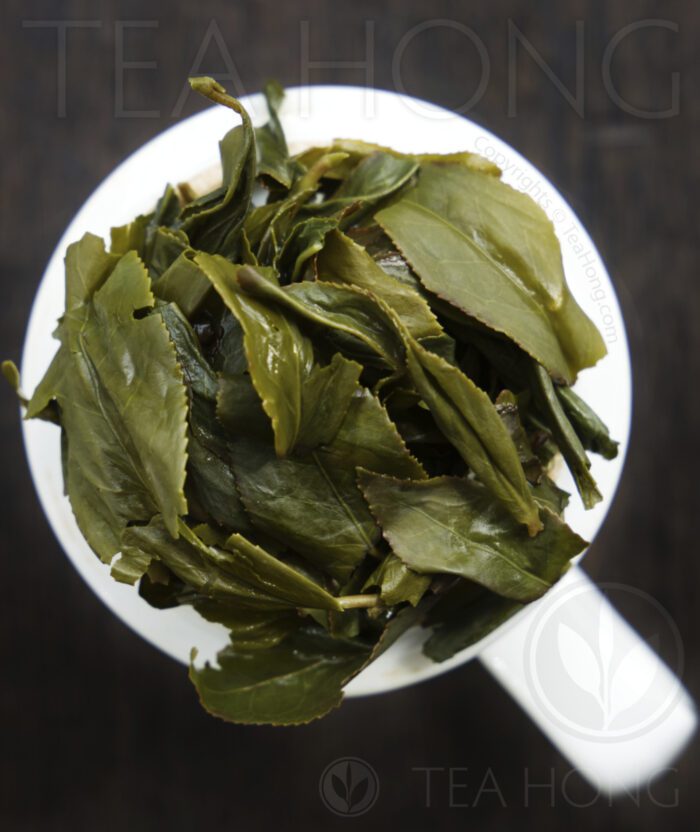
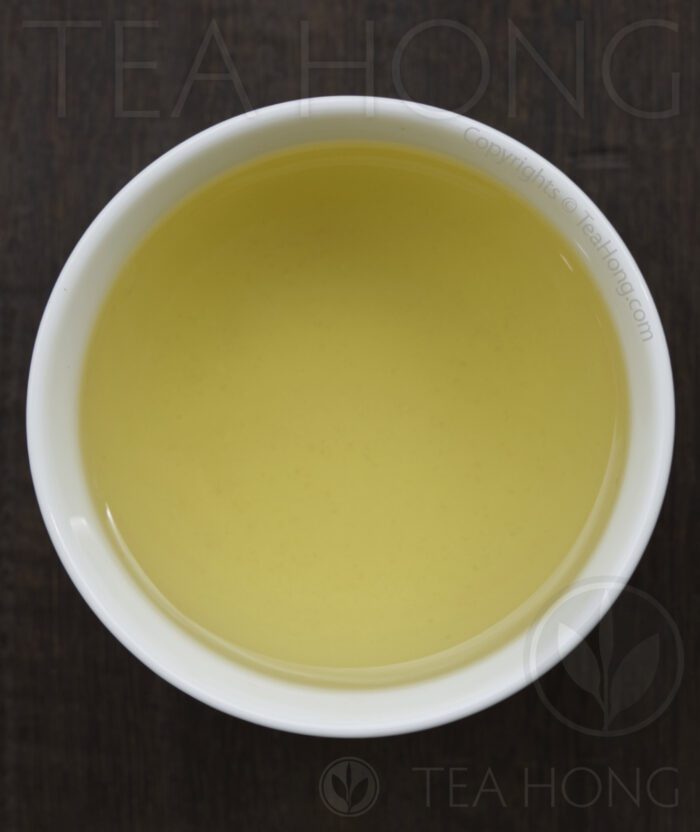






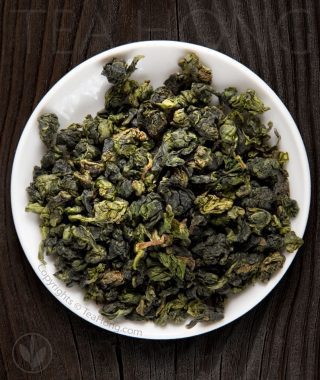

This is really good Baozhong, I compared it to a competition-grade version that was grown in Nangang and won second place at a tournament in Pinglin – and I have to say this one is just as good.
First off, the leaf quality is superb. Wholesome, meticulously crafted leaves that are uniform and very consistent. They open up slowly and gradually unfurl, revealing a deep and rich, emerald-green color to the leaves. These are clearly processed well without excessive bruising. In the cup, this tea resists high temperatures well and is flexible enough to reveal deeper layers of the flavor profile whether you like brewing it with cooler temperatures or near-boiling.
There are some differences in the cup between this and the competition-grade – this one is more floral and has a more pronounced minerality, with an aftertaste that is reminiscent of honeyed nuts – like walnuts, or almonds. It’s not as buttery or creamy, but I appreciate the depth of the rich floral notes of this one slightly more anyways, and the contrast provided by the minerality which creates a brothy quality that adds another dimension of enjoyability to the whole experience.
There are undertones of sea plants – kombu, sea lettuce, dulse – that accentuate the minerality and add a thick umami layer to the flavor profile that is just exquisite. There’s so much going on – delicate notes of lilac that are persistent on the palate from initial sip to aftertaste, sweetness in the body across all temperature ranges, and hints of seaweed and minerality from start to finish that never become overbearing.
I enjoy looking at these leaves after I brew them up, they are very high quality and you can tell by how glossy and plump they remain even after being pushed to the limit.
If you like this tea, make sure you check out the Shiguping Wulong and Jade Orchid over in the Fenghuang oolong section of Tea Hong’s catalog.
Brief (15 seconds) steeps in 90 Celcius water.
Liquor is a clear pale yellow in visual.
Taste is very light with a floral green aftertaste.
No astringency nor bitterness.
Wet leaves are freshly green and large.
One needs to steep this at a longer timing to get a more pronounced aroma and taste.
Thank you for sharing your experience. As a general guidance, it is not desirable to infuse tea using 15 seconds unless the leaves are quite broken or cut. To understand the taste profile of most green style Taiwan oolongs such as Paochong, which are generally more delicate, 5 g to 150 ml water for 40 seconds is a good starting point. Adjust to personal taste. Use near boiling water, as suggested in the infusion tips. For a good general reference, please visit: https://www.teaguardian.com/tea-hows/gongfu-infusion-parameters-general/ where Leo has made a list of different groups of teas with respective infusion parameters.